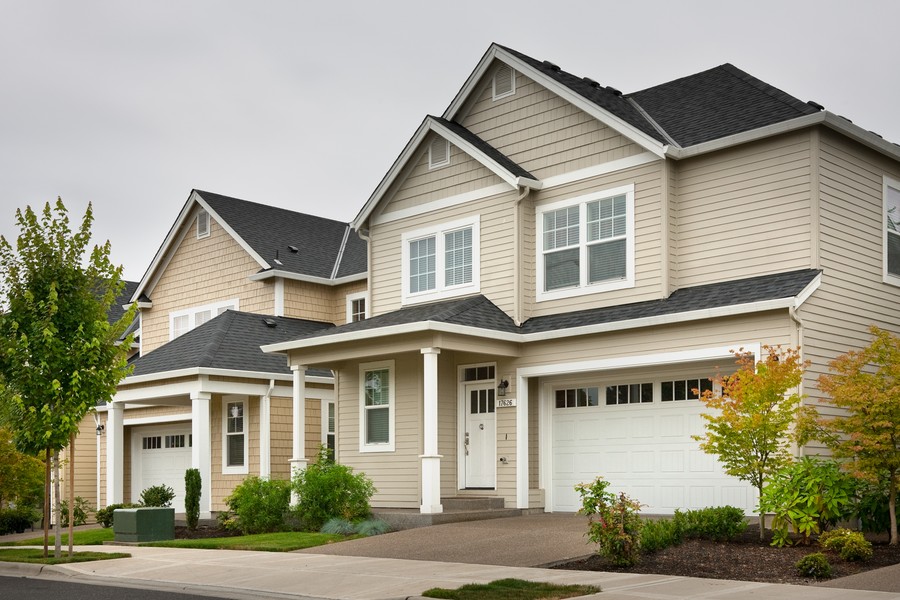Which Green Home Plan Improvements Really Pay Off?
All Categories
About Our Plans Building a Home Building Your Home Green Building Help and Support Hobbies & Recreation Home Building Tips and Information Home Design Home Exterior & Framing Homepage Articles House Plan of the Week How We Work Ideas and Inspiration Industry News Infographics Information & Resources Inspired Spaces Interior Design Kitchens Mascord News Modified Home Designs Outdoor Living Personal Stories Plan Support Products and Services Real Estate Remodeling & Renovating Showstoppers
Home ownership is a game of ROI. Which improvements will increase your enjoyment while also maximizing your home’s value? This consideration is especially important for green home improvements, since greenwashing contractors are happy to fool consumers into taking on expensive, ineffective projects that may not actually be environmentally friendly. Below, we outline which earth-friendly home improvements will deliver the biggest payoff for homeowners. If your house plan has already become a reality, you can update your home with these green techniques. Or, if you’re still designing your house plans, you can incorporate these features with peace of mind, knowing that they will boost your return on investment.
1. Energy audit. An energy audit will reveal the waste of electricity, heat and other resources in an existing home. If you’re looking for government credits, hire a certified energy auditor. Considering that up to a third of home energy in the U.S. is lost to inefficiency, this step can dramatically reduce energy costs.
2. Tighten building envelope. Winterization materials, such as caulk and weather stripping, cost little but return a great value in terms of energy efficiency. Insulation is typically a good investment for the same reason – if you lose less heat to a leaky exterior, you will pay less for energy. This tip alone can save the average homeowner $100-$300 per year.
3. Replace inefficient appliances. It just makes good financial sense to replace inefficient old water heaters, furnaces, refrigerators and dishwashers. Not only will doing so cut your energy expenditure, but it could also earn you some hefty tax credits through federal and state incentive programs.
4. Seal heating and cooling ducts. Most homes are heated and cooled with forced air – and about a fifth of that air is lost to leaks, according to the EPA. To correct this inefficiency, have your ducts insulated and repair leaks around exposed ducts (usually in the basement or attic).
5. Replace inefficient windows and doors. So far, we’ve listed highly affordable home projects. If you’re willing to spend a bit more, it’s wise to replace old windows and doors, which tend to leak heat terribly. Modern double-pane windows will lock out the cold in the winter and the heat in the summer.
The above green home projects will provide excellent ROI, typically in the form of lowered energy bills. As you consider which earth-friendly elements to include in your home plan, consider how energy costs, personal enjoyment and increased resale value can combine to bring you an excellent return. For instance, if your home plans do not include an exterior deck, adding one could bring you a high return on your investment, since most homebuyers are willing to pay more for a well-maintained outdoor living area. Considering ROI is an excellent idea when prioritizing green home remodels.
Note: The home shown above is The Yamhill House Plan 21126A.
